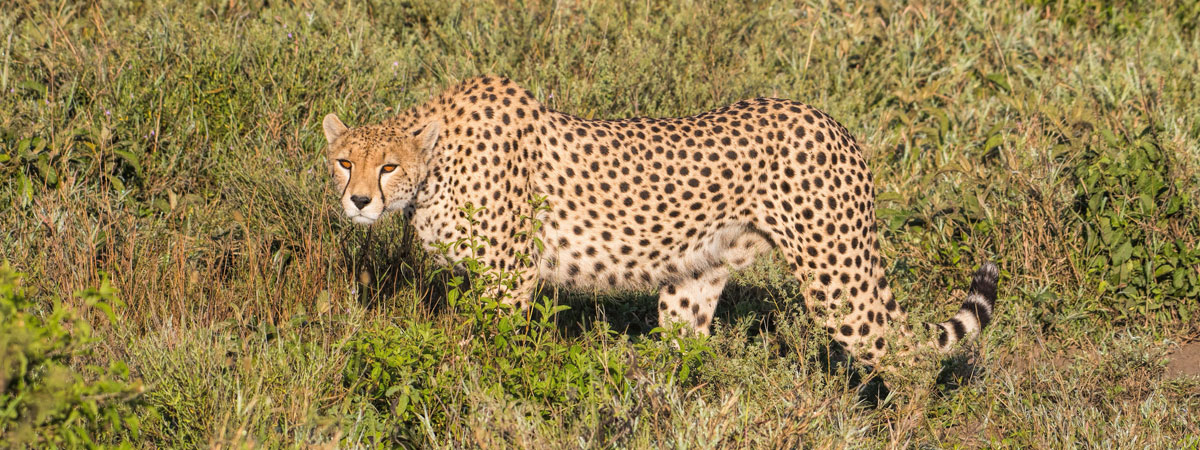In January I flew over Kenya’s Rift Valley and was surprised to see the incredibly high water levels of Lake Nakuru. The lake had swollen so much, rising around 2 metres, that the roads used to circumnavigate the lake were now submerged.
Water everywhere but no flamingoes
More alarming was that the flamingoes for which Lake Nakuru is renowned were nowhere to be seen. Instead of the expected carpet of pink around the lake shore the waters appeared deserted.
But it is not just Lake Nakuru that has been affected by record water levels. Lake Baringo, another paradise for bird watchers has also been transformed.
Lodges and Camps flooded at Lake Baringo
Lake Baringo is not a national park and has traditionally had lodges and camps scattered around the lake shore. Many of these establishments have now been flooded and forced to close by water levels that far exceed anything recorded in previous years. Almost all of them are beyond salvage and will need to be rebuilt but that process cannot start until the waters stop rising and recede to previous levels.
There are various opinions about exactly why the water levels have risen so steadily in the past couple of years. One view puts it down to the exceptionally heavy rains which hit this part of Kenya in recent years whilst another suggests that seismic shifts may have caused the lake floor to rise, or prevent outflow of water, causing the lake levels to swell to unprecedented heights. Whatever the cause, the effect has been devastating.
Lake Baringo is one of only 2 freshwater lakes in the Kenya’s Rift Valley, the other being Lake Naivasha.
Lake Nakuru and other lakes like Bogoria and Elementaita have alkaline waters – which is what makes them so attractive to flamingoes and it is believed that the current absence of flamingoes at these lakes is because the vast quantity of additional water has diluted the lake’s alkalinity and reduced the supply of algae which the flamingoes feed on.
Whilst the flamingoes have moved elsewhere, the higher water levels have proved to be a boon for many other bird species and both Nakuru and Baringo remain amongst the country’s top spots for bird watching. For some, the increased water levels at Nakuru are a good thing; previously seasonal rivers are now flowing freely providing abundant water for local farms.
The problem for visitors to Lake Baringo is now a shortage of accommodation. Island Camp is still operating, although the walk from the jetty to the camp is now much shorter, but most of other camps and lodges are gone.


